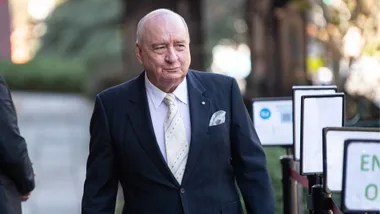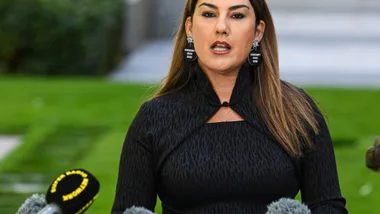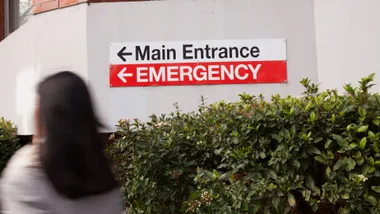The Workplace Gender Equality Agency (WGEA) has delivered its latest statistics on the state of the gender pay gap in Australia and unsurprisingly, the results are disappointing.
Watch below: In Monopoly’s latest edition, women earn more than men
Over the last six months, the WGEA has calculated a 0.1% drop in the national gender pay gap, bringing the final difference to 13.9% – a disparity of $242.90 a week. Sure, the results do indicate some change, but a 0.1% drop is hardly cause for celebration.
In its simplest form, the WGEA says that the “gender pay gap measures the difference between the average weekly full-time base salary earnings of women and men, expressed as a percentage of men’s earnings. It is a measure of women’s overall position in the paid workforce and does not compare like roles.”
It’s also worth noting that the gender pay gap is not the same as equal pay – which targets its focus on ensuring women are paid the same as men for doing the same work or work of equal or comparable value.
RELATED: It will take 257 years for the gender pay gap to close
The new findings indicated that on average, women working full-time earned $1,508.50, compared to men working full-time who earned $1,751.40. Although some may deem the $242.90 difference as insignificant, it’s actually a huge number. The difference could cover unavoidable costs like your phone plan or weekly grocery haul – added expenses that women still have to manage despite taking home less in the first place.
The message from Libby Lyons, director of the WGEA, is clear. If you are a business leader who accepts their organisation has a gender pay gap but continue to take no action to close it, then “you are effectively telling Australian women that the work they do is of less value than that of men.”
“The latest gender pay gap result is actually quite disappointing. It is yet another indication that progress towards gender equality in our workplaces may be slowing. I am concerned that a degree of complacency is creeping back into the Australian business community. The danger signs are clear. Going backwards is not an option.”
RELATED: Why we’ll be spending International Women’s Day at the MCG – and why you should be too
Although the change is uninspiring, it has served as a timely and necessary reminder that we need to continue to fight for change; and according to Libby, the answer lies in companies being proactive instead of reactive.
“Policies and strategies will not solve the underlying gender equality problems in an organisation. There must be action,” she continued.
“Employers need to put genuine targets in place and make people accountable for meeting these targets. We know that when employers take action to close their gender pay gaps and regularly monitor the results, the pay gap declines.”
The Workplace Gender Equality Agency (WGEA) has delivered its latest statistics on the state of the gender pay gap in Australia and unsurprisingly, the results are disappointing.
Watch below: In Monopoly’s latest edition, women earn more than men
The Workplace Gender Equality Agency (WGEA) has delivered its latest statistics on the state of the gender pay gap in Australia and unsurprisingly, the results are disappointing.
Watch below: In Monopoly’s latest edition, women earn more than men









